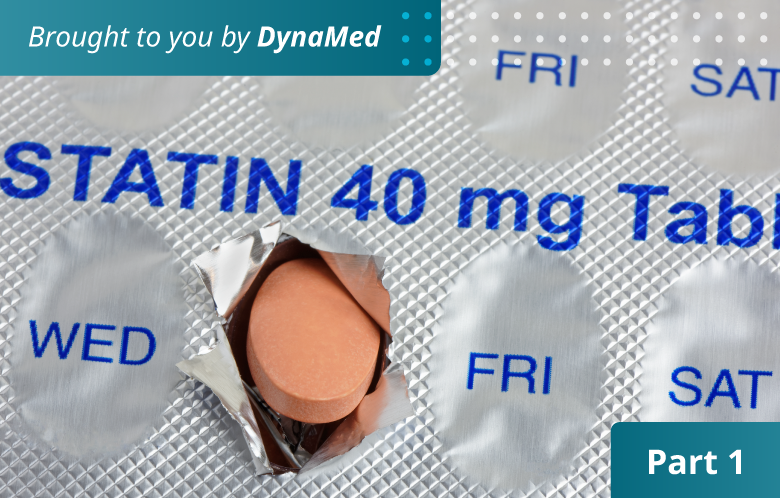Practice Point: Coronary calcium scores may be slightly better than pooled cohort equations for appropriately classifying risk of coronary heart disease, but that doesn’t mean everyone should get a coronary CT.
EBM Pearl: Area under the curve (AUC) is often used to display data for prediction tools. The graphical representation of the information can be worth a thousand words.
The only thing worse than pooled cohort equations (PCE) such as the Framingham Risk Score or ASCVD calculator is a coronary calcium score (CCS). There, I said it.
The thought behind coronary calcium scoring is that coronary artery calcium is a marker of subclinical atherosclerosis in healthy-appearing adults, which can predict future clinical coronary heart disease (CHD), thereby allowing the opportunity to intervene and potentially prevent major coronary events. However, the clinical utility of CCSs for patients with any score higher than zero has been consistently questioned in clinical studies.
This uncertainty hasn’t stopped patients from wanting CCSs or providers from ordering them, even if they aren’t covered by insurance. The order for CCSs in the electronic health record system at my institution literally states: “CT heart cash-and-carry”. However, a study published in JAMA makes a case for adding CCSs to PCEs to improve precision when estimating CHD risk. Does this mean, coronary CTs for everyone, then?
The researchers in this study took prospective cohort data from the Multi-Ethnic Study of Atherosclerosis (MESA) study (n = 1,991) in the United States and the Rotterdam study (n = 1,217) in the Netherlands of adults (median age 65) with European ancestry who did not have clinical CHD, were not on a statin, and who had an estimated baseline 10-year CHD risk based on several PCEs, with and without a CCS. The median predicted 10-year CHD risk was six-seven percent.
Participants were followed for about 15 years for the development of clinical CHD, which occurred in eight-nine percent. The primary outcome essentially measured whether adding the CCS to PCEs did a better job at classifying CHD risk. According to this study, it did. But we already knew that PCEs overestimate risk of CHD, so it’s not surprising that CCS would improve the accuracy. But again I ask, coronary CTs for everyone, then?
Please, no.
First, CCS is not recommended for anyone with established CHD. Second, a coronary CT is not indicated in people with acute anginal symptoms as it’s not great at detecting coronary artery stenosis. The best-case scenario is that CCS may be useful for people at low- to intermediate- CHD risk who for whatever reason are unsure about using a statin or need more motivation (than a clinician’s advice) to eat healthier and exercise. And those statin fence-sitters have a point, given each one of them plus 499 of their friends would need to take a statin daily for 5 years to prevent one more of their deaths. (The NNT for statins to prevent one cardiovascular death over five years is 500 for a person with a 10-year ASCVD risk of 10 percent, so a statin isn’t the magic pill people might think it is.)
So if this study is telling us that adding coronary calcium scoring to pooled cohort equations slightly improves CHD risk classification, please forgive us if we say, “so what?” Cardiac catheterization would help estimate CHD risk too, but that doesn’t mean we should do it. Doing more coronary CTs would be one more example of medical overuse to do a slightly better job at (over)estimating CHD risk.
For more information, see the topic Coronary Artery Calcium (CAC) Scoring and Clinical Use in DynaMed.
Reference: JAMA. 2023 May 23;329(20):1768-1777



